In some literary works, as well as in museums, you can find the fabric kumach. Bright, painted fabric was used not only for sewing clothes, but also for upholstery, tablecloths, and even flags. A fair question arises: kumach - what is it, and where did it come from in the country.
What is red calico?
What is kumach? Kumach was known as early as the 18th century and was widely used by the people. It is a cotton fabric of scarlet or crimson color, on which embroidery was sometimes stitched. Sometimes there was a blue-colored cloth. This material was mainly used to sew sarafans or men's shirts.
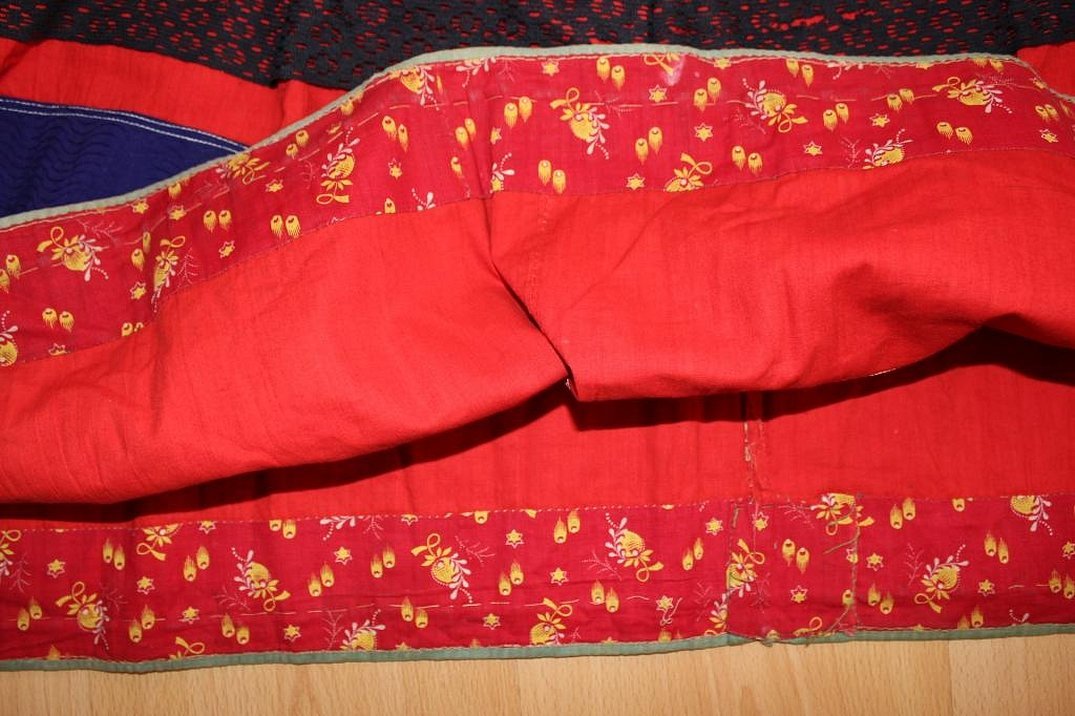
Meaning and origin of the word
What is kumach in Russian, and where did this word come from? The concept of "kumach" came into Russian speech from the Arabic language - kumas, the stress is on the letter "a". In many dictionaries you can find the meaning of this word, but they all come down to one concept - "cotton fabric". Also with the help of dictionaries you can answer the question "how will it be written - kumach or kumach". The only correct spelling is without a soft sign. In some texts, authors shorten the word "kumach" and replace it with "k."

History of the material
Kumach - what is it and when did it come into use? Kumach is also known as calico calico. Calico is a lightweight cotton fabric that was used to make dresses, underwear and some children's items.

Chintz was first produced in India. In the 18th century, this fabric became known throughout Europe, including Russia. The material was expensive, since the pattern was made by hand. In Russia, chintz was a very popular material, and patterns on it were made not only in the form of geometric monosyllabic figures, but also in the form of bright floral compositions, entire landscapes and illustrations for fairy tales.
The simplification of the manufacturing process made calico available to almost all segments of the population. The fabric began to be used not only for clothing, but also for furniture.
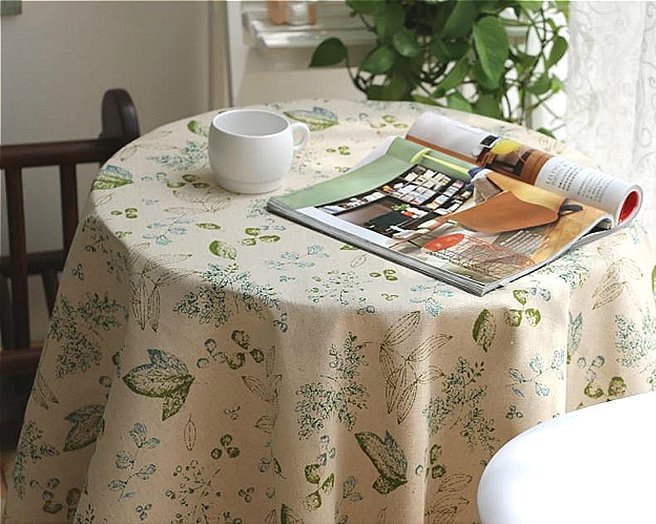
One of the most common chintz fabrics was kumach. Starting from the 18th-19th centuries, this fabric was loved by the people. The most famous is red kumach with a pattern. Kumach was widely known for its complex and ancient manufacturing method. All patterns were made using a special dye - madder root. The pattern was made by etching. The paint applied to the canvas changed its color (destroying the background), and then remained there, forming an ornament.
Already in the 19th century, chemical paint replaced natural paint for the pattern. Thanks to it, the pattern on the red calico became brighter, and it became possible to make it more interesting. At the same time, red calico remained the same high-quality and widely used material. It was Russian red calico that was one of the most famous fabrics.
In 1846, an enterprise was founded that became the leader in the production of red calico. Its founders were the Baranov merchants. They produced high-quality red calico, their materials were known for their brightness and color saturation. Among them were the following colors: yellow, crimson, light blue. For contrast, black or white was added to the main colors. The pattern was made in such a way that it seemed as if there was a shadow from the pattern on the fabric, which created an interesting effect.
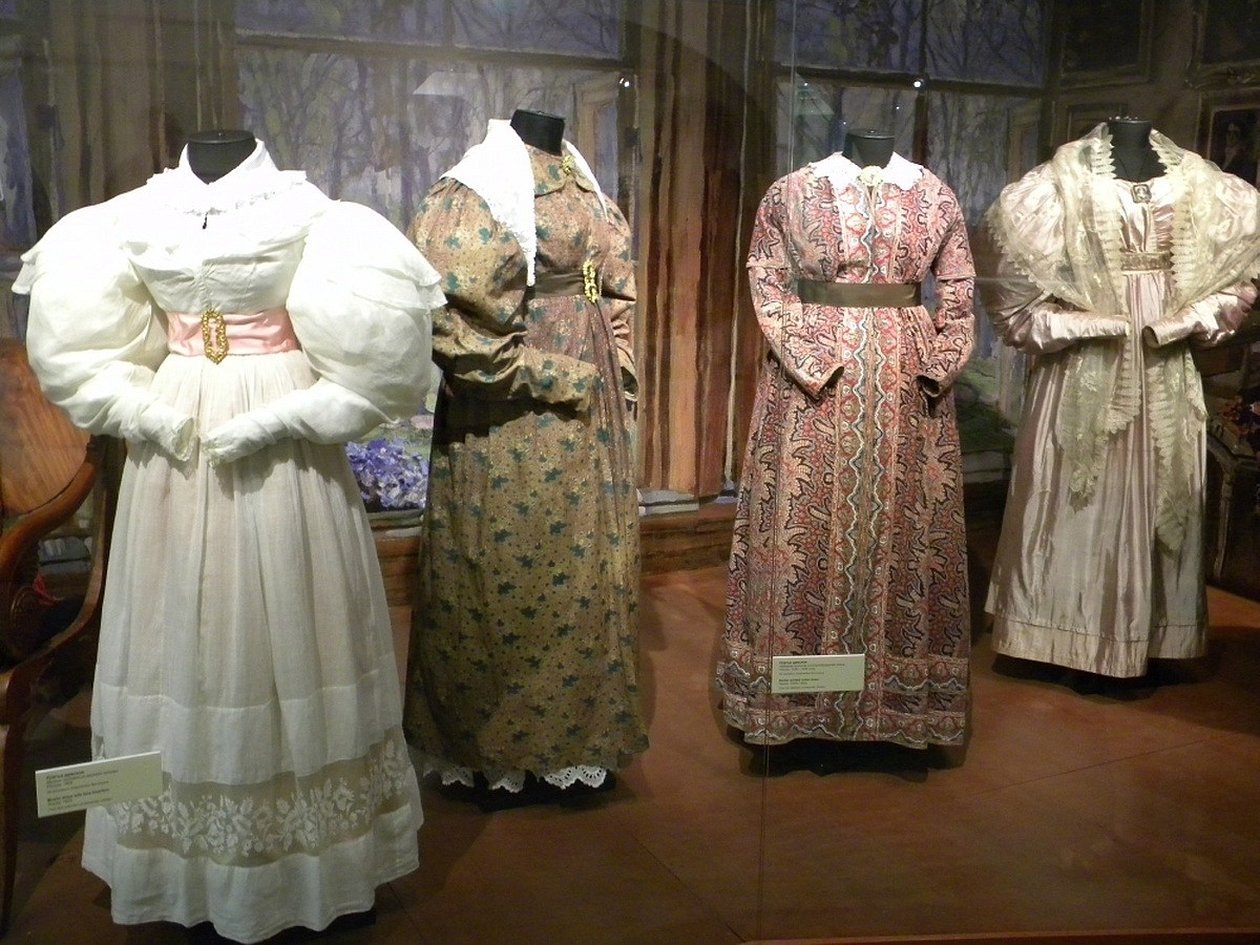
The most common ornament in such dresses was:
- Flowers (flax, poppy, cornflower).
- Leaves, vines, berry clusters.
- Fruits.
- Stars.
Quite often one could come across an outfit with a “peacock feather” pattern, which came into Russian costume from Persia.
For some, the word "kumach" evokes associations with the red flag. During the revolution and throughout the Soviet period, banners and banners were made from this fabric. That is why the fiery fabric can be associated with revolutionary and Soviet themes.
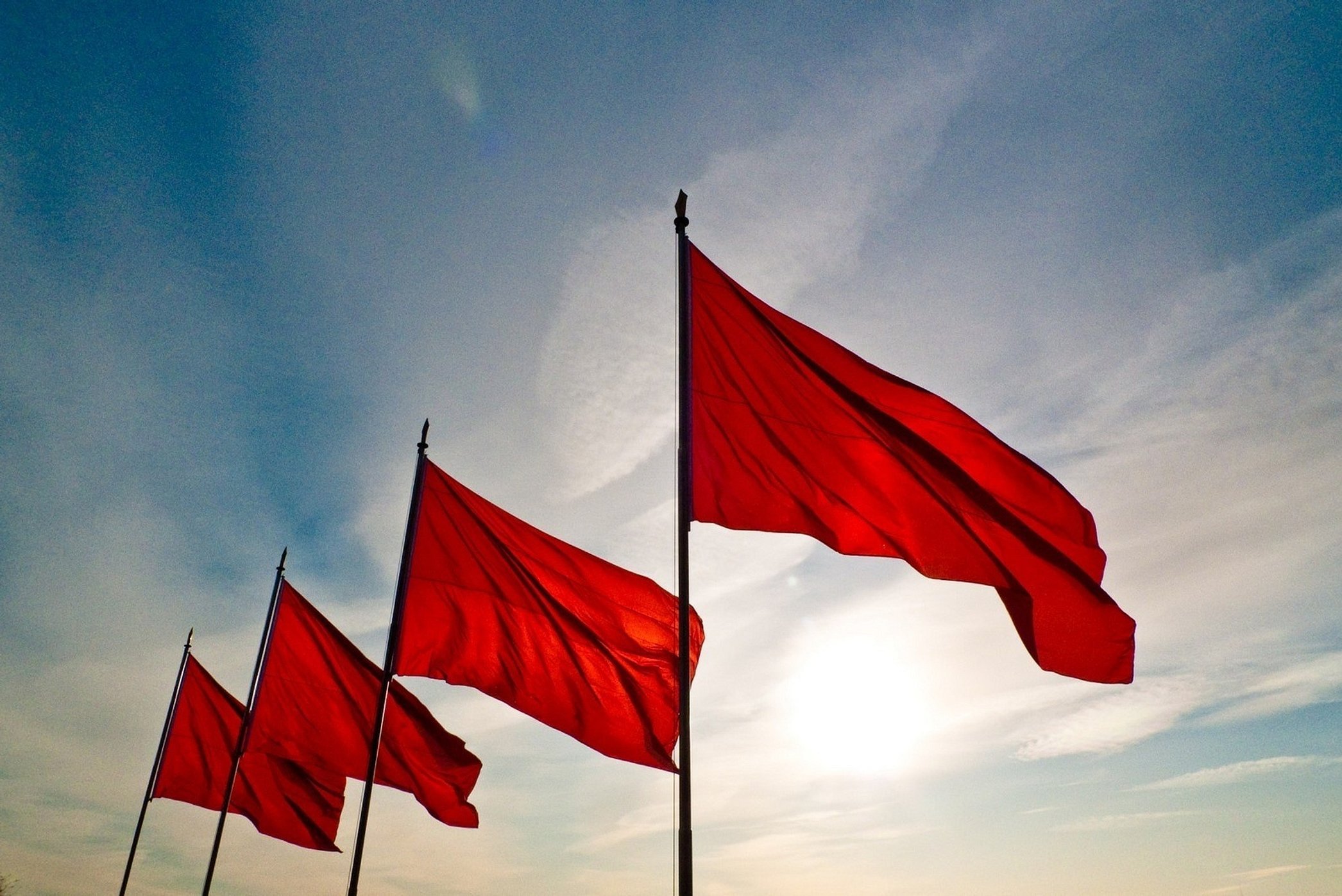
Modern application
Nowadays, the production of calico fabric is much simpler than in the old days. The "recipe" for making the fabric is to use a semi-finished product called "calico". The material in turn is obtained from thick cotton threads. The yarn comes out with a grayish color, because it does not go through the bleaching stage. In addition to different types of calico, dermantin is made from calico - a leather substitute on a fabric base.
The fabric is made as follows:
- Collection of cotton fibers.
- Further cleaning of fibers from excess dirt, seeds and re-sorting.
- Then the fibers are woven into threads.
- The threads undergo a stage of machine processing.
Finally, the threads are dyed in different colors. Chemical dyes make the fabric bright.
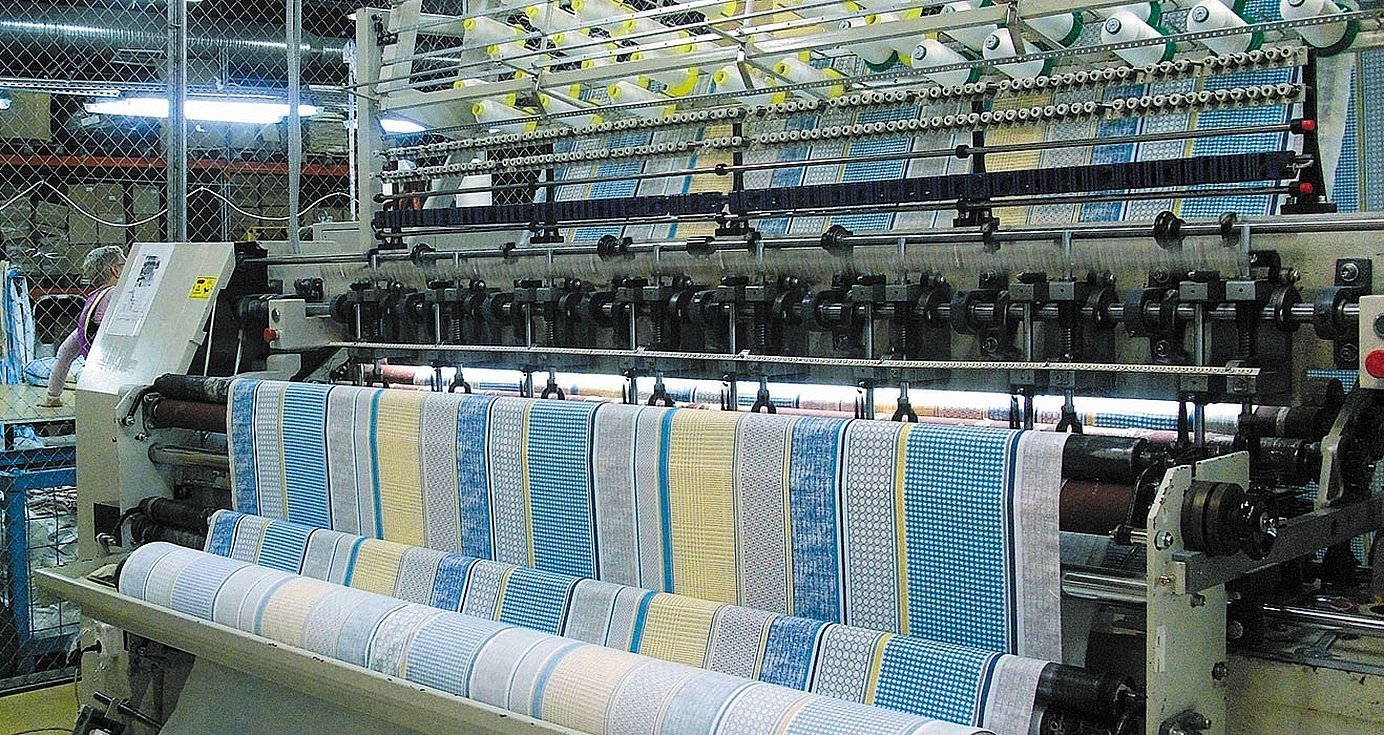
The weave of calico material is plain. As a result, we get a double-sided fabric, the front side of which appears only after the patterns are applied. Before calico becomes calico, it is processed and dyed for quite a long time. But even after these procedures, the fabric can be checked for naturalness. Real cotton gives off the smell of burnt paper when burning, and forms ash. To check, it is enough to set fire to just 1 thread.

Kumach, as a fabric, is not used now, and remains only a reminder of the past. In museums and at exhibitions you can see old costumes made of this material. The word "kumach" itself is more often used as a synonym for "fiery" or "scarlet". Old-fashioned outfits are used only for theatrical productions or historical reconstructions, when an almost exact reproduction of the image is necessary.
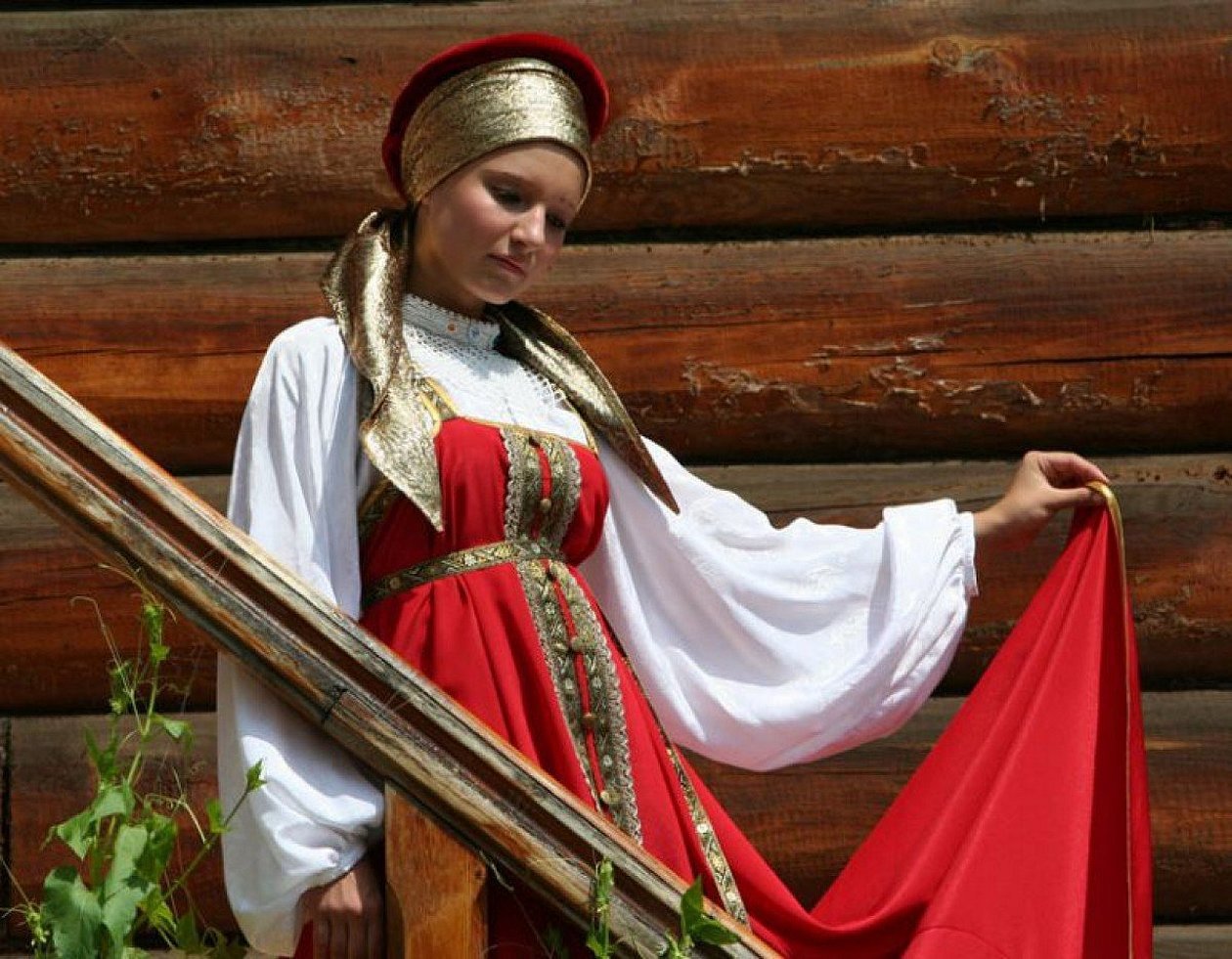
The chintz itself is widely used in sewing clothes. It is a fairly strong and safe material, so it is suitable even for making children's clothes. It is comfortable to wear chintz clothes in the summer, the material is thin and "breathable". The fabric is easy to care for, you do not need to buy any special detergents for washing. The color remains saturated for a long time and does not fade. In addition, the price of chintz is low, and it can be used anywhere.
Not only summer outfits are sewn from calico. Some craftswomen make toys and decorations from calico material. Original plush rabbits and bears, owls, cats are made from light and bright fabric.

Chintz is also used to make home furnishings. Thanks to the variety of shades and patterns, you can get interesting pillows for a sofa or armchair, tablecloths, or even curtains. The fabric is used to make light men's and women's shirts, children's summer suits, and diapers.
Before using chintz, it is important to remember that this material also has some disadvantages.
- With frequent wear, natural fibers tend to wear out. In this case, the normal appearance is maintained for no more than 1-2 seasons.
- If the fabric was dyed with a low-quality dye, it will definitely fade when washed. This can be seen when the item is hand-washed for the first time, without other fabrics.
- When exposed to high temperatures, the material is destroyed. This is important to remember when ironing.
- Chintz items tend to shrink and wrinkle very quickly. Therefore, such clothes must be ironed.
Note! Despite its shortcomings, calico is a very comfortable and delicate fabric that does not require special care. It is only worth noting a few recommendations that should be taken into account before buying a calico item (or just calico fabric for further sewing).
- Before using a thing or fabric, it must be washed in cold water. This procedure softens the fabric and fixes the dye.
- This material cannot be washed with synthetic items - it will deteriorate because of this. It can only be combined with cotton fabrics.
- Before washing, turn the item inside out (temperature no higher than 45-50 degrees).
- Avoid using a cleaning product containing bleach, as this may cause the paint to fade immediately.
- It is easiest to iron cotton clothes using steam or by sprinkling them with water first. This way, all the creases will be smoothed out better.
- Before drying, straighten the item and hang it in the fresh air if possible. Dry the fabric in the shade.
Some time ago there was no one who did not know what kumach meant. Beautiful fabric with a colorful pattern was considered an object of beauty, and now it can be seen in the form of exhibition dresses of past centuries.




